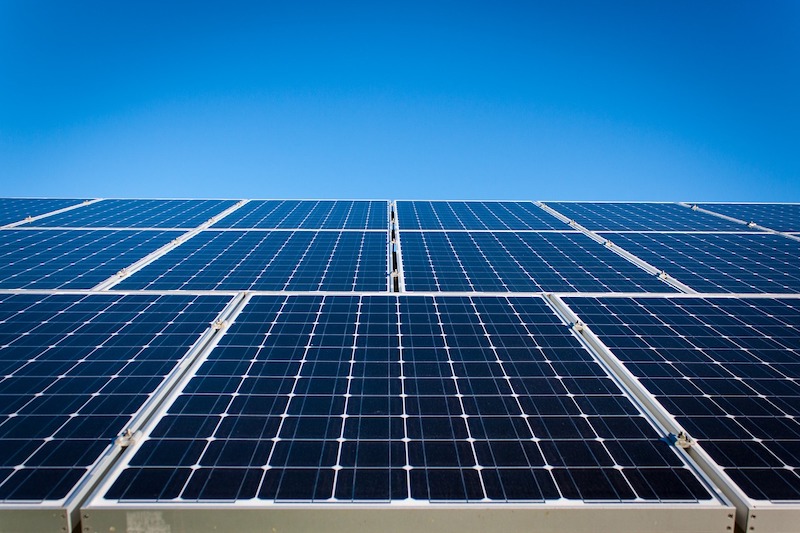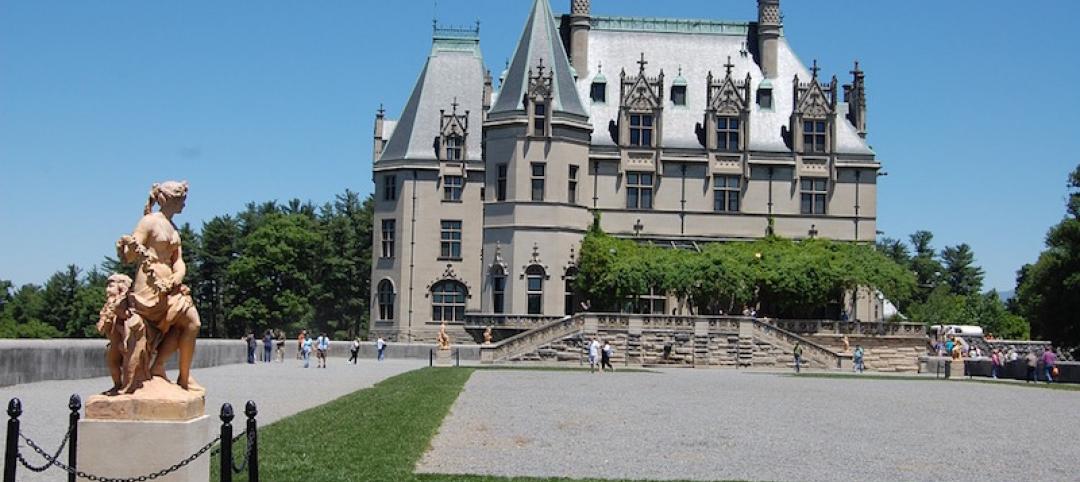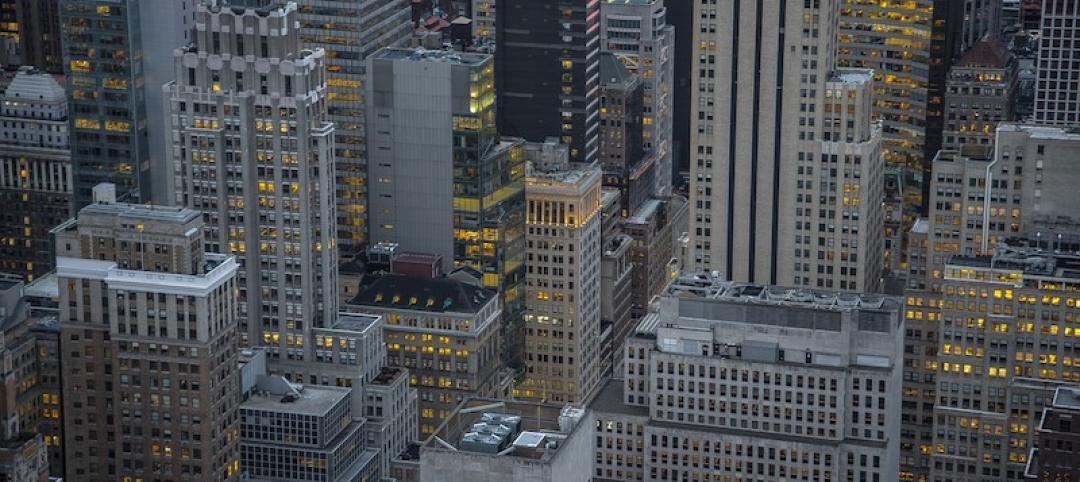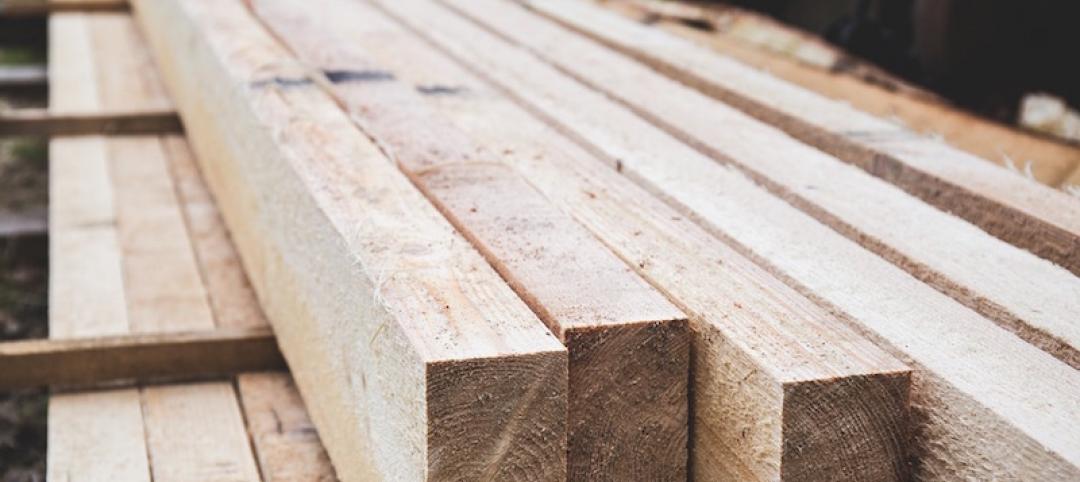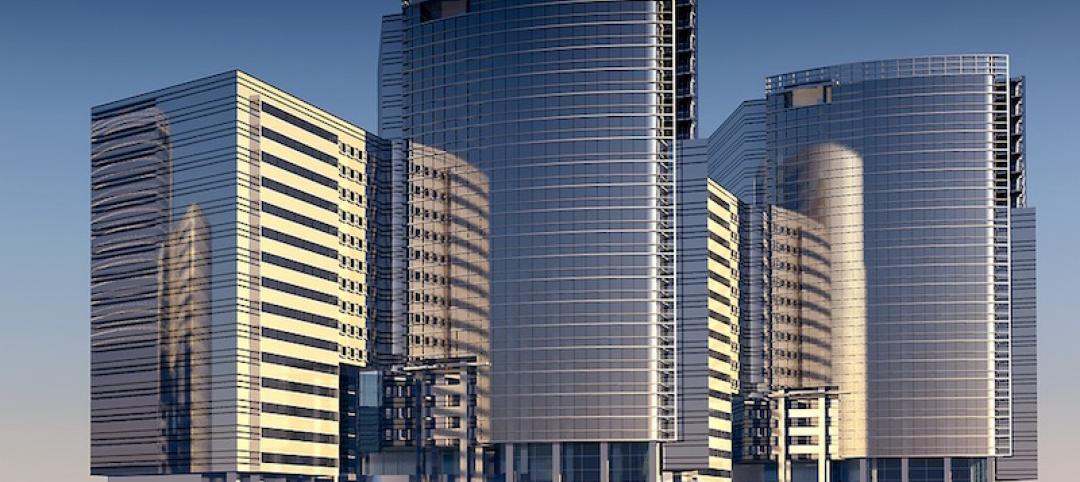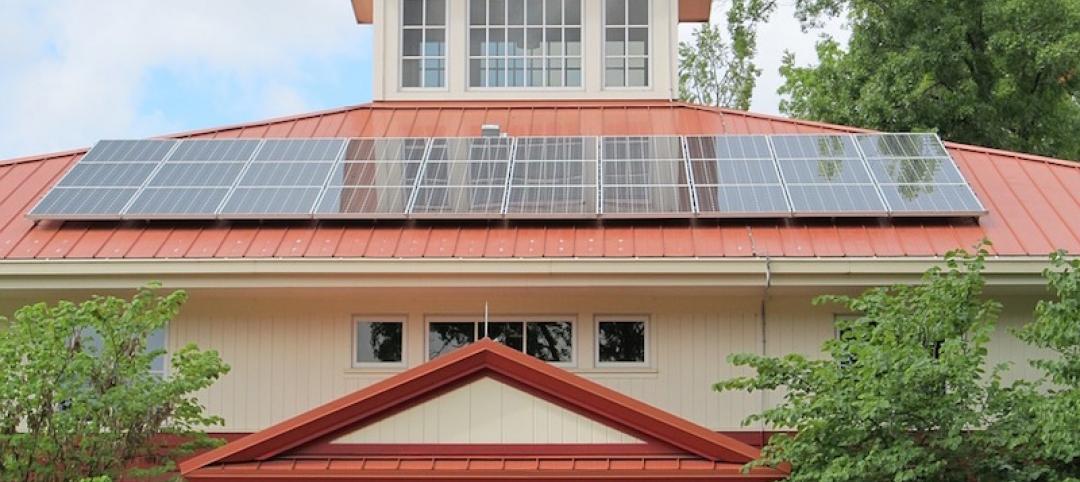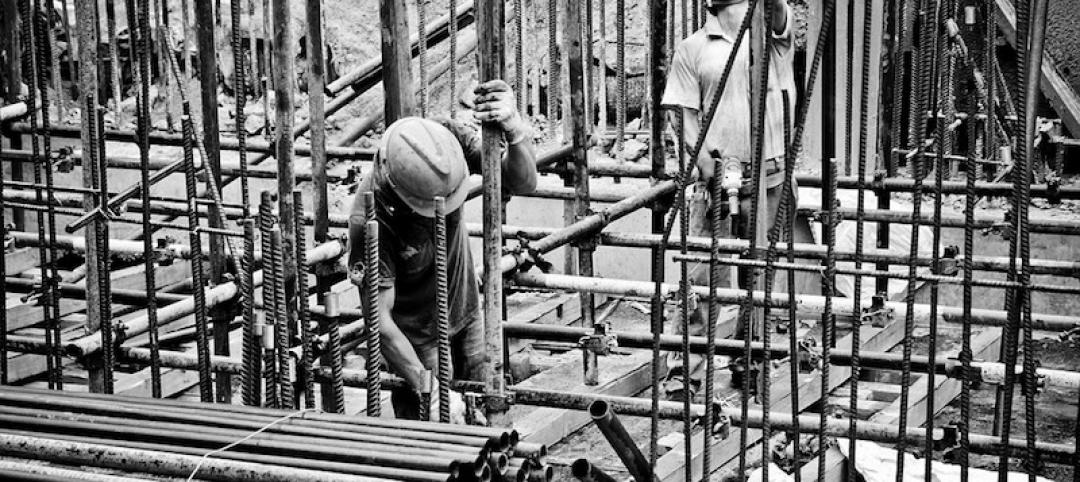According to the International Energy Agency (IEA), buildings and the construction sector combined are responsible for nearly 40% of total direct and indirect CO2 emissions.
Emerging technologies are making it possible to mitigate that impact by turning buildings into power plants, a concept called building-integrated solar power (BIPV). Rack-mounted PV arrays on rooftops are the most common way to generate solar power on buildings, but this solution has some drawbacks.
Some consider rack-mounted PVs as eyesores, particularly when considered for historic buildings. This can be a barrier to wider adoption in urban architecture.
Other options including monocrystalline solar panels, dye-sensitized solar cells, and perovskites make it possible to alter the color of solar power generating cells. This makes them more attractive than conventional PVs and suitable for use on facades and walls. In some formulations, these materials can be made semi-transparent so that they can be used for fenestration.
Related Stories
Codes and Standards | Dec 4, 2017
Trump tax proposal would kill historic tax credits
Developers would lose up to 20% discounts on some redevelopment projects.
Codes and Standards | Nov 30, 2017
Asheville, N.C. rezoning favors pedestrians, could change city’s character
Focus is on layout and look of new buildings rather than use.
Codes and Standards | Nov 29, 2017
Many New York City landlords have not addressed new flood codes
City revised building codes after Superstorm Sandy, but many owners not required to upgrade.
Codes and Standards | Nov 28, 2017
Nail-Laminated timber Canadian design and construction guide released
Includes practical strategies and guidance with lessons from real-life projects.
Codes and Standards | Nov 27, 2017
New standard to monitor building sealing performance
Increased understanding of how materials act when stretched and compressed is the goal.
Codes and Standards | Nov 27, 2017
Denver voters approve green roof mandate
Buildings of 25,000 sf or larger required to install vegetative roof or PVs.
Codes and Standards | Nov 21, 2017
USGBC adopts ‘RELi’ resilient building and design standard
The standard prescribes methods for designing more resilient buildings and communities.
Codes and Standards | Nov 21, 2017
Updated material transparency web site and hazardous building materials list unveiled
Improved versions of tools aimed at use of healthier construction supplies.
Codes and Standards | Nov 16, 2017
White roofing isn’t always the best choice
Adverse effects include heat reflection onto nearby walls.
Codes and Standards | Nov 15, 2017
U.S. finalizes tariffs on Canadian softwood lumber
The duties would add 20% or more to cost if trade negotiators can’t find common ground.


